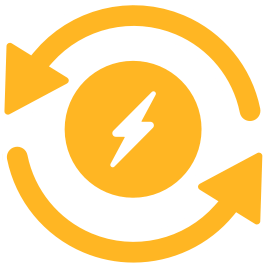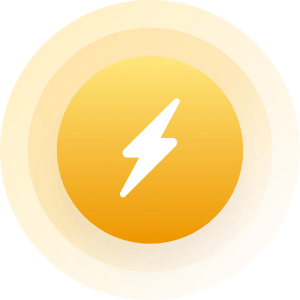| Topic: 9 planets then 8, I say 51 | |
|---|---|
|
When I learnt this stuff as a child they said there was 9 planets, unfortunately one got relegated recently to dwarf status so now they say there's only 8.
Curiously there's a guy called Mike Browne and his team and they say there are 51 spherical objects identified as planets or sub planets, dwarf planets and midget planets. The truth is, they don't really know, the more they look, the more they find. My physics teacher once said, its like atoms, the more energy they bombard them with, the more bits come out of them, and have to classify. Is the universe truly infinite? Is the quest for knowledge a never ending one? |
|
|
|
|
|
I don't know about the expanding parts of your trailing questions, but the whole "size of our solar system" thing is interesting to me.
I started out like most, figuring everyone knew what was what, there were nine planets and a bunch of asteroids and comets and such. Then I started to find out that really, they aren't even sure how far out the entire system goes. I've been trying to find out if there is a mathematical formula which could be used to calculate how far a given size planet-like body can be from the sun, for a given size, and still be in orbit around it. I figure there must be a limit, since the Sun isn't growing bigger (so far as we know). All the new orbiting balls that have been firmly located, are apparently too small to call planets, but now I've heard there might be another bigger one, and we could get back to nine again. One thing that's a good way to get a sort of a feel for the size of everything in the solar system, can be found on Utube these days. There's a couple of graphic scenes that some astronomers set up, where they made correctly proportioned models of all of the known planets and the Sun, and then set them up in the desert out west, arranged so that each one is the correct (relative) distance from the sun. Here's one: https://www.youtube.com/watch?v=zR3Igc3Rhfg |
|
|
|
|
|
Is the quest for knowledge a never ending one?
Curiosity will not be satisfied until absolutely everything is known and understood about everything and every possible manifestation. There is nothing humans currently know everything about. Nothing. In a Universe that is over 13.7 billion years old, humans have only been around, at the most 2 million years and most of that time was basic survival. The Solar System (System of Sol) is huge. It is spherical and has a shock terminus that varies with Sol's cycles. Think of it as pressure against the void of outer planetary space (the space between a star's influence). The Oort Cloud is an area of Sol Space where debris has remained because it has not been influenced by the larger masses (planets) in the system. Occasionally those masses in the Oort cloud are displaced by comets and collide and clump together forming planetiods. Over time those masses build up. As the mass builds up the gravity wells increase and they pull in other debris becoming even more massive. After a point is reached, there is no more mass close enough to the object and it stops growing. That is, until a wayward comet changes the position of masses nearby. From time to time the spin of the Orion Arm of the Galaxy and the vertical movement of Sol within that arm captures masses into the shock boundary and the Sol system increases in mass. Likewise, there are times when mass on trajectory can escape the shock boundary and Sol system loses mass. Fifty-one is rather conservative considering the large scale of influence within the Sol System. I'm thinking the number may be in the tens or hundreds of thousands of objects massive enough to gain spherical shape. A planet is a body that orbits the Sun, is massive enough for its own gravity to make it round, and has "cleared its neighborhood" of smaller objects around its orbit. Some objects in the Oort Cloud do not orbit Sol. They are statically locked in place but gain spherical shape from collisions of other moving objects. Can be planet sized and cleared of other objects in its area of influence but not considered planets. The Kuiper Belt is an area of objects that does orbit the Sun. Objects in that region of space can become planets. Pluto has been demoted because it does not dominate its neighborhood. |
|
|
|
|








